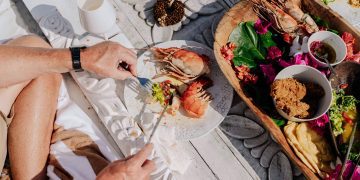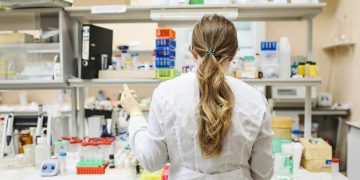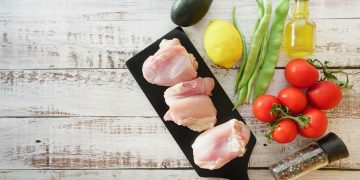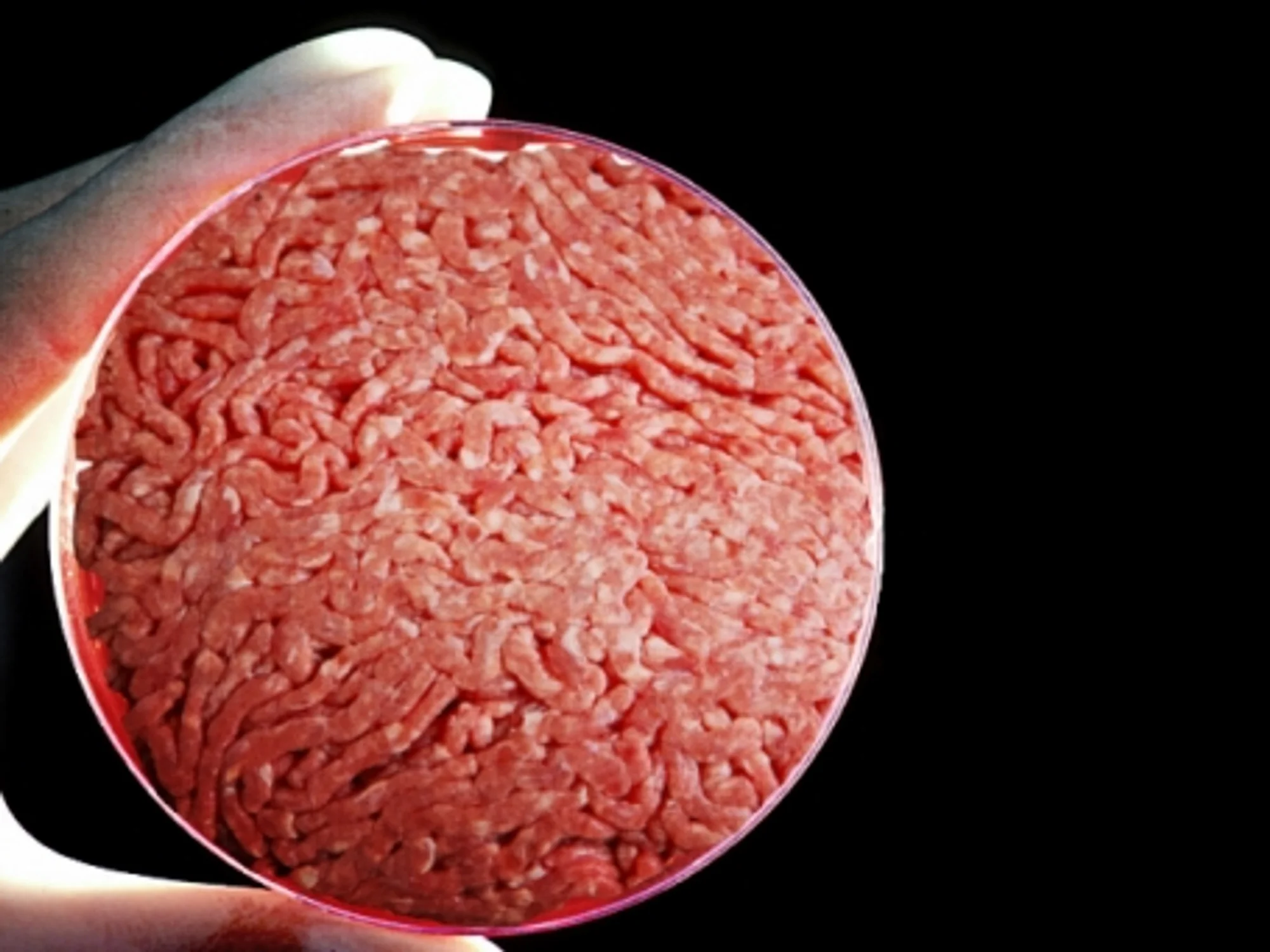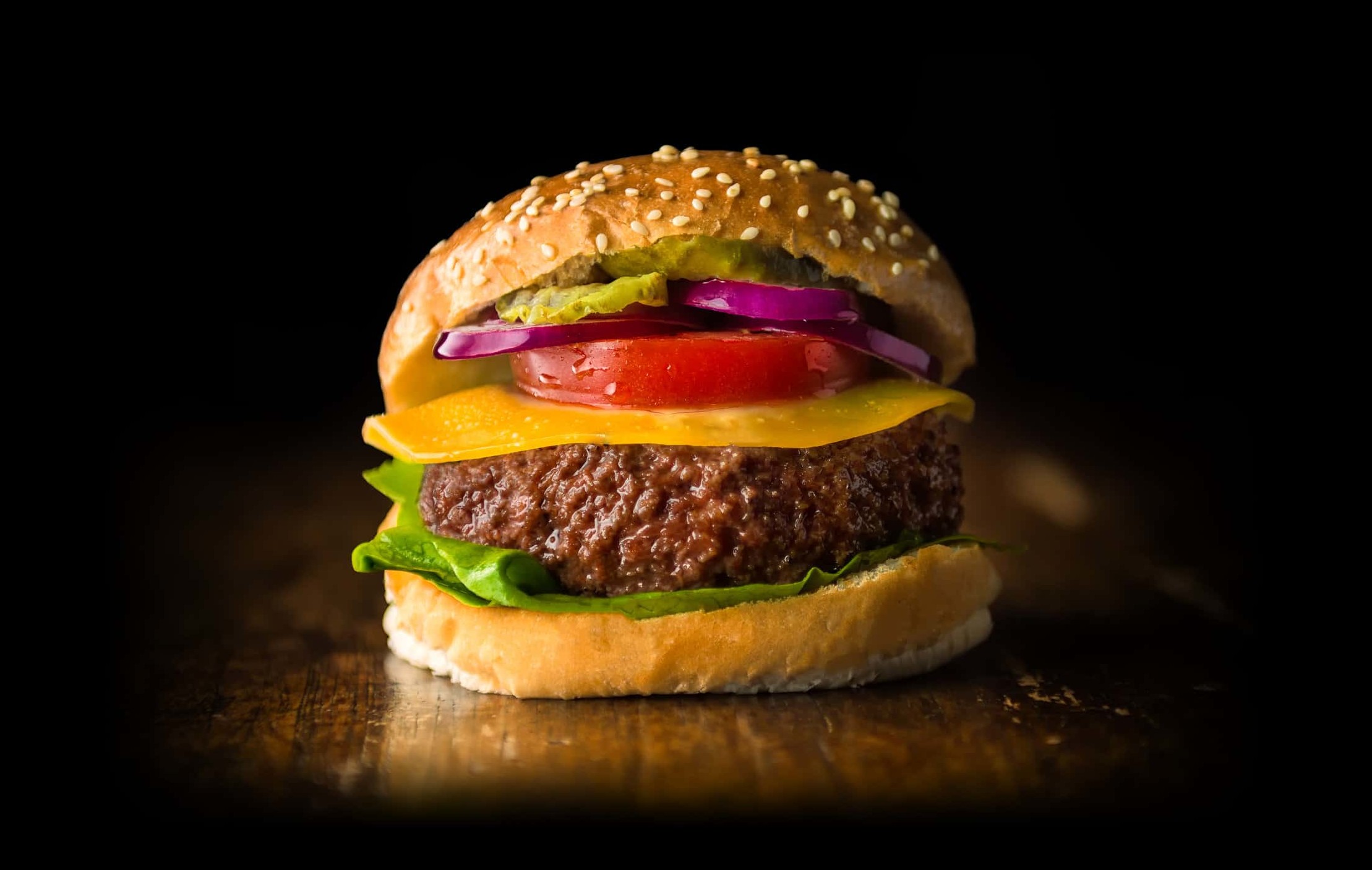Droughts that last for a long time could change our lifestyles
The Midwest is experiencing a drought this year that has parched crops, dried rivers, and sparked wildfires.
You may check the weather app in the morning not to see if rain will fall – though you may hope for it – to check if dust storms and wildfires have erupted.
You might eat cereal made from perennial grains instead of Corn Flakes or Wheaties if you grow crops with little water. It may not be possible to grow meat in a field if you want to feed cattle, which uses a lot of water.
In the coming decades, climate change patterns in the Midwest are predicted to accelerate dramatically. According to Daniel Whitesel, rainstorms will be intense and short, dumping months’ worth of rain in days. Soil that has been sun-baked will not be able to hold water.
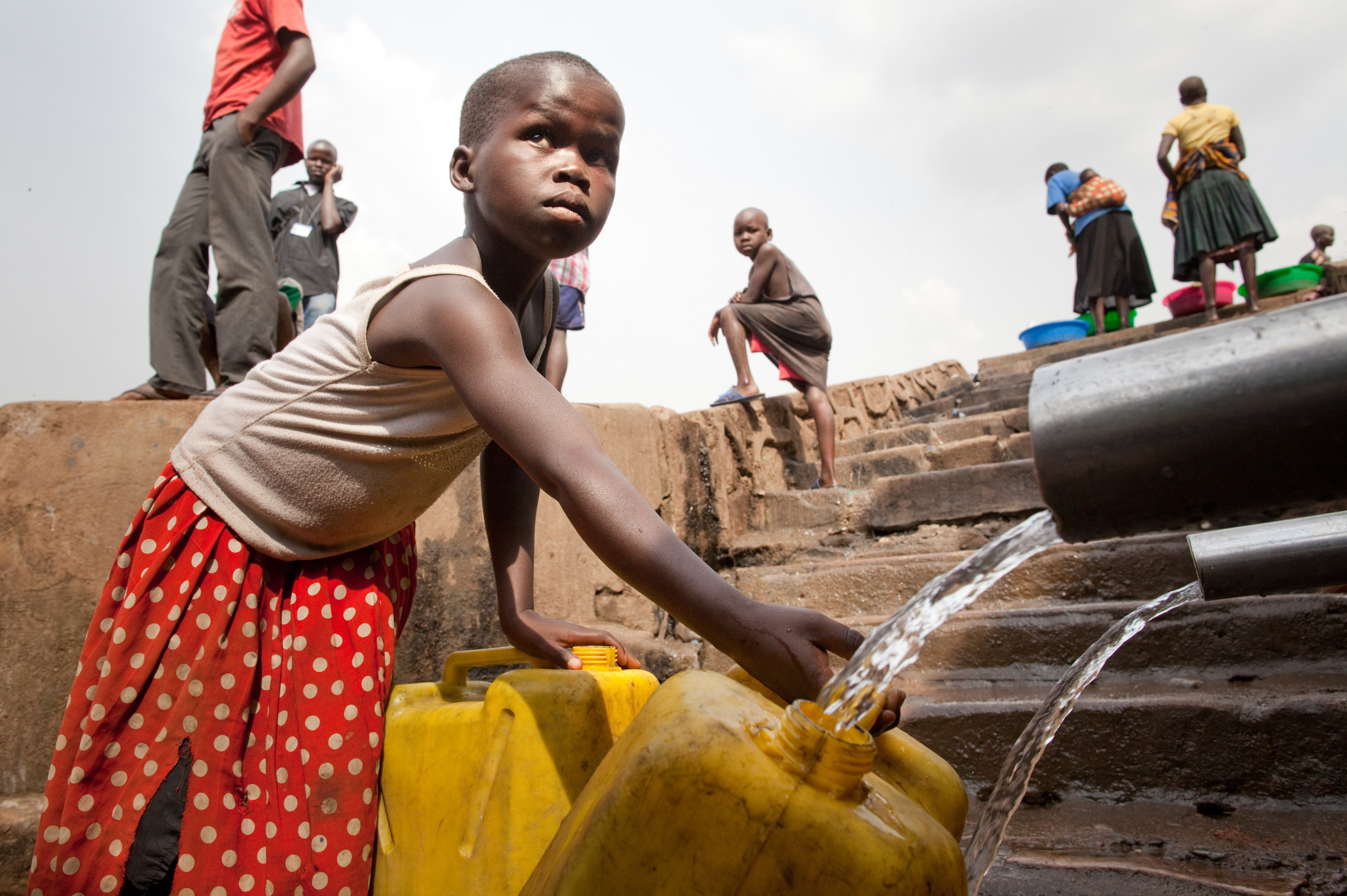
Climate scientists at the High Plains Regional Climate Center and the National Drought Mitigation Center predict fewer average years.
Whitesel said that in the drier, hotter future, life must change.
Sprinkler systems could be abandoned and lawns could be replaced with native, drought-resistant plants as a result of water restrictions. To avoid burning consistently parched neighborhoods due to errant sparks, it may be prudent to skip the fireworks on the Fourth of July.
The Ogallala Aquifer has historically been able to withstand the worst effects of drought. The groundwater nest egg lies beneath much of Nebraska and western parts of Kansas, Oklahoma, and Texas. It supplies 30% of the nation’s irrigation and drinking water for millions of people.
In less than 30 years, the aquifer’s southern half in Kansas, Oklahoma, and Texas will run out of water.
According to Whitesel, drier, hotter days and a depleted aquifer could spark water trades or water wars between states.
Finding a new water supply
As the Midwest gets hotter and drier, Lincoln, Nebraska, has already begun to consider how it will provide water to its growing population.
As a result, wells in central Nebraska cannot be refilled by the Platte River, which often dries up throughout the summer.
During a recent visit to the Platte’s eastern tail, Liz Elliott viewed the shallow stream across the river’s edge.

“Every time I drive across the Platte and you see the dryness, you kind of just hold your breath a little bit,” she said, “because if we don’t come up with a solution now, we might be too late.”
Elliott is Lincoln’s director of transportation and utilities and is leading the search for another source of water for the second-largest city in Nebraska. The city established the project in 2005, but she said this year’s drought emphasized its importance.
“We’re kind of at that apex of ‘What’s next year going to be like if we don’t get any snow this winter?’” Elliott asked. “And to make sure we have water for the next 100 years, we need to find a second source of water.”
Changing agriculture
Water for public use only makes up about 12% of the nation’s freshwater use. Agriculture uses nearly three times as much to irrigate thirsty crops like corn and soybeans.
Nick Jordan, an ecologist at the University of Minnesota, said drought will “substantially limit the ability of this part of the world to function as one of the major — quote, unquote — breadbasket regions.”
It could mean fewer corn and soybean fields. They have to be planted every year and take a lot of water.
“We have to move away from that or we’re going to have a food system that’s really vulnerable and there’s going to be a lot of collateral damage to society,” Jordan said.
Tim Crews — who leads research at The Land Institute, a non-profit research organization focused on agriculture — sees an opportunity for perennial crops, which don’t have to be planted every year and can suss out water with deep roots.
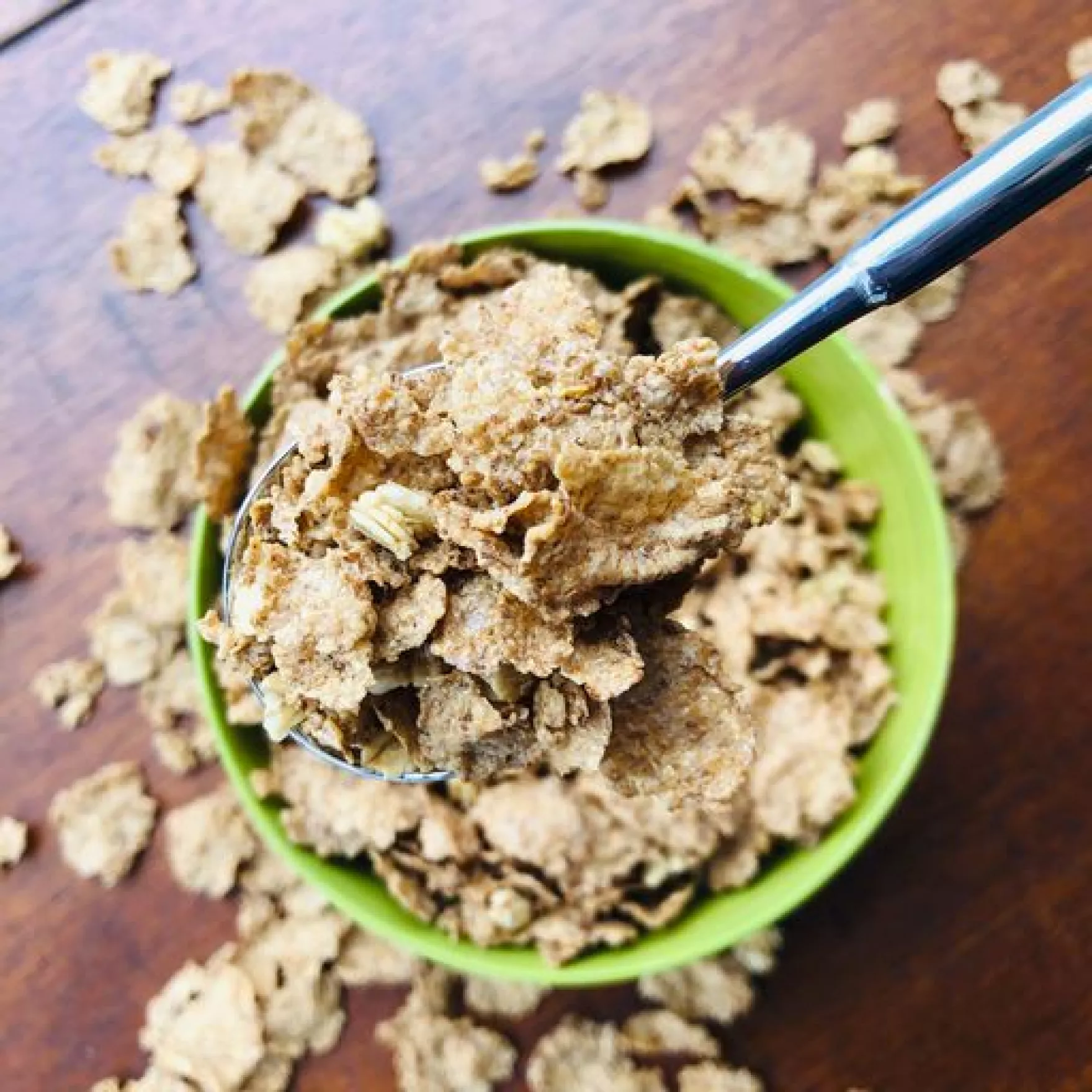
Crews said he hopes corn and soybean fields don’t dominate Midwestern horizons in the future. He’d like to see a variety of crops on the landscape, especially perennials like the wheat-like grain Kernza, or perennial peas and alfalfa.
“It is going to require some cultural evolution and adaptation to come to terms with new foods in our diet,” Crews said. “But, boy, they will be far better suited to the conditions we’re about to face.”
Perennial crops have a difficult path ahead of them. There are endless ways to sell corn: to make fuel, corn syrup, antibiotics, livestock feed.
“How do we advance perennial agriculture so it becomes a significant part of our food system and supports byproducts like ethanol?” Jordan asked. “Is there a market? Can farmers stay in business if they grow these crops?
The meat industry is also vulnerable to drought. It’s hard to keep cattle comfortable and alive in hot weather, and dry conditions zap the pastures they graze in and raise the cost of feed corn.

Enter lab-grown meat. Emma Ignaszewski researches alternative proteins with the non-profit think tank Good Food Institute.
“Communities have been forced to adapt to increasing droughts, floods, fires and crop failures, all while the demand for meat is set to double by 2050,” she said. “Cultivated meat could really be part of an effort to adapt to climate change.”
She said meat that’s grown from animal cells can get people their protein fix. After all, labs don’t need Mother Nature for ideal growing conditions.


